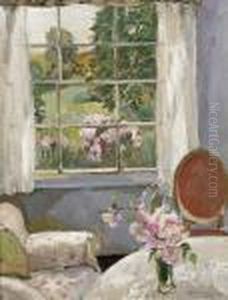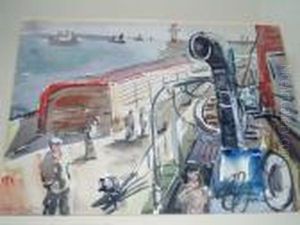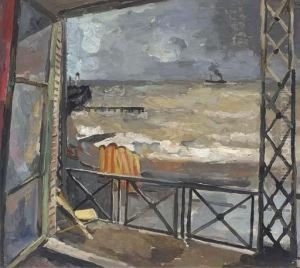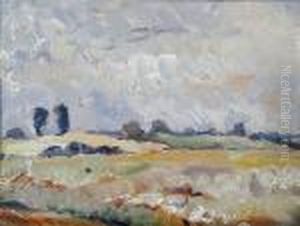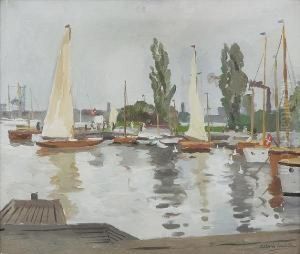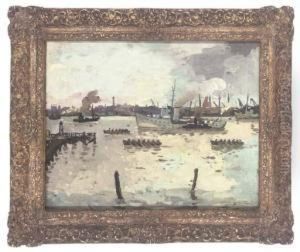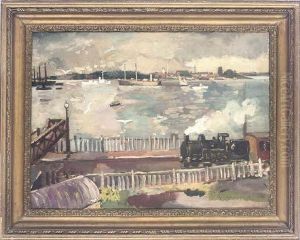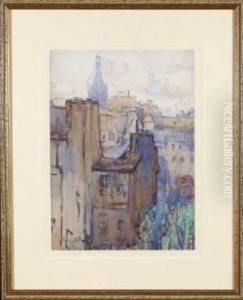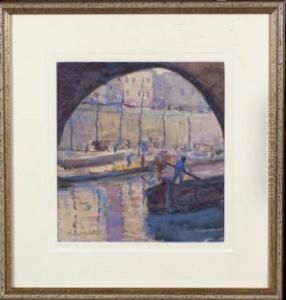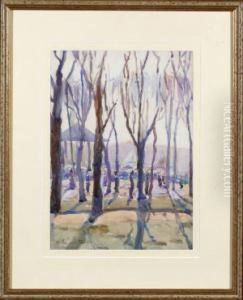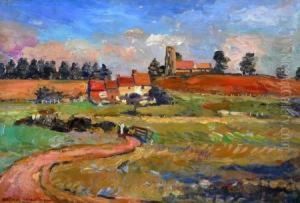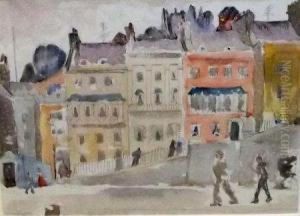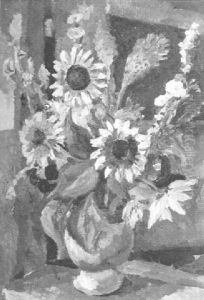Allan Walton Paintings
Allan Walton was a British artist, known primarily for his contributions to the field of textile design as well as his work as a painter. Born in Cheadle Hulme, Cheshire, in 1904, Walton demonstrated an early interest in art, leading to his education at the Slade School of Fine Art in London, where he studied under the guidance of notable figures such as Henry Tonks and Philip Wilson Steer. During his time at the Slade, Walton developed a distinctive style that would later influence his approach to textile design.
After completing his studies, Walton embarked on a career that spanned various aspects of the art world, including painting, teaching, and design. His paintings, often characterized by their vibrant use of color and dynamic compositions, garnered attention and acclaim. However, it was his work in textile design that cemented his reputation as an innovative figure in British art.
In the 1930s, Walton became one of the leading figures in the modernist movement in textile design, advocating for the integration of contemporary art principles into fabric design. He served as the artistic director of Helios Ltd, a company that specialized in producing hand-printed textiles. Walton's designs were revolutionary, incorporating abstract and geometric patterns that reflected the modernist aesthetic of the time. His work contributed to the rejuvenation of British textile design, influencing generations of designers.
Walton's influence extended beyond his artistic output. He was a respected educator, teaching at the Royal College of Art in London. Through his teaching, he nurtured a new generation of artists and designers, imparting his modernist ideals and encouraging innovation.
Allan Walton's career was tragically cut short when he died in 1948 at the age of 44. Despite his relatively brief life, Walton's legacy in the realms of painting and textile design remains significant. His pioneering work in textiles helped to redefine the possibilities of fabric design, blending artistic integrity with functional aesthetics. Today, Walton is remembered as a key figure in the modernist movement in Britain, whose contributions continue to influence the fields of art and design.
